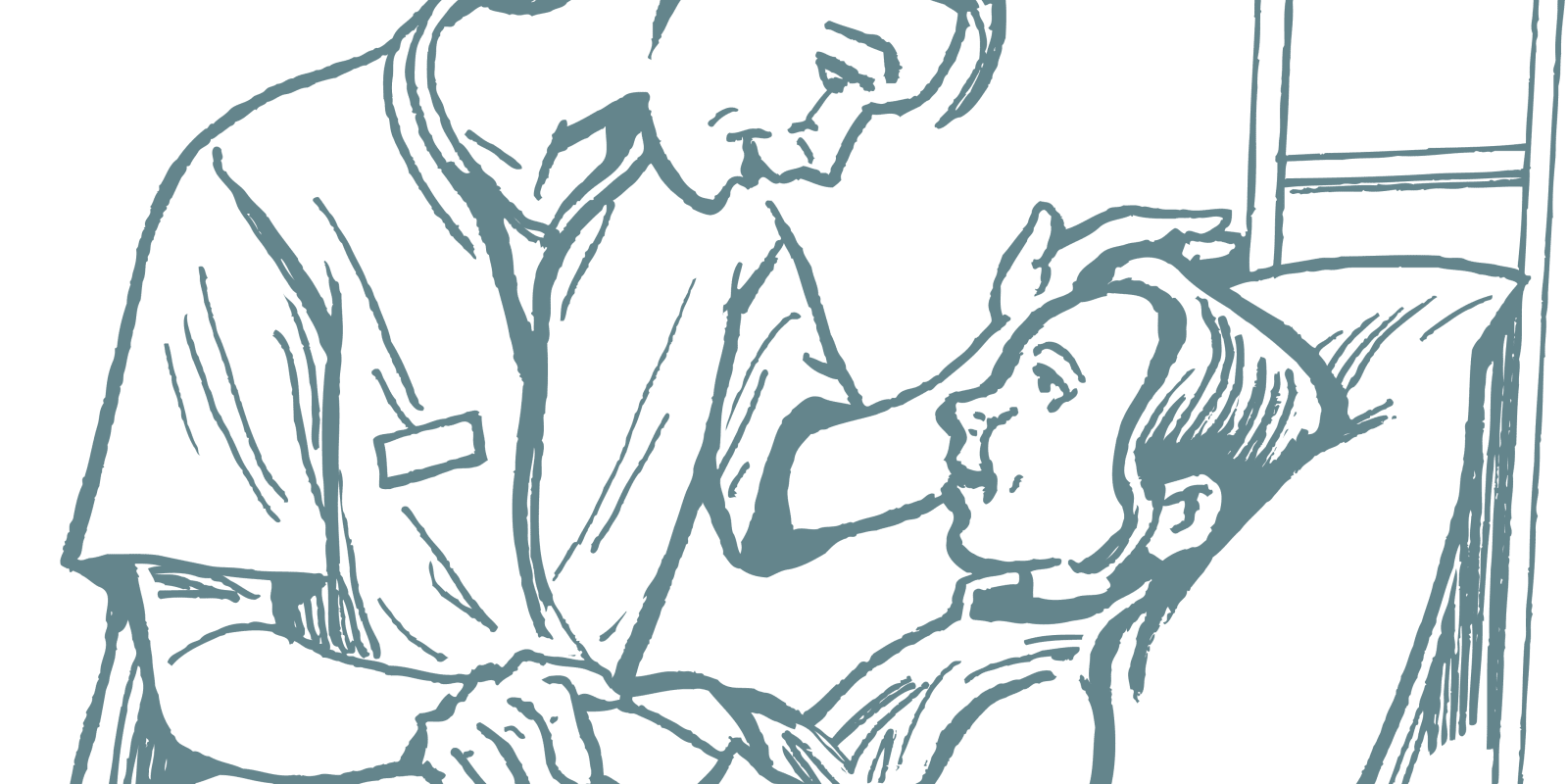
Facial lacerations are bread and butter cases for Pediatric Emergency Medicine physicians. We see so many that fixing them becomes an art form. Our approach adjusts seamlessly depending on the child’s age, location, parental anxiety level, child anxiety level, upcoming travel plans, and gnarly-ness.
When Owen, a 5-year-old popped up on my EPIC tracking board with a chief complaint of “chin laceration”, I relaxed back in my seat. “This should be pretty straightforward.”
Our patient care assistant walked the child and his mother into our treatment room. I could hear snippets of conversation through the closed curtain—words like “nervous” and “knock him out" filled the room. My heart sank. It’s going to be one of those visits.
In situations where there may be a difference of opinion regarding what is necessary, I try to insert myself early on in the visit. Figuring out what the expectations and needs are early on usually make the rest of the visit easier for everyone.
“Hello! I’m Dr. Tien, one of the pediatric emergency medicine physicians. What happened?”
The child’s mom looked tearful. Owen was sitting on the stretcher, a bandage taped onto his chin, nervously looking between me and his mom.
“He tripped and fell and hit his chin on the ground. We went to his doctor’s office but they said we can’t use glue.” She teared up. Owen looked worried. Mom pulled me out of the room.
“Owen had stitches last year when we were on vacation.” She paused and took a deep breath. “I had to help 4 other people hold him down for the injection and the stitches. It was so traumatic for him. I don’t know why I’m acting like this but all I could think about on the way here was, ‘how am I going to get through this? I don’t know if I can hold him down like that again.’”
I put my hand on her shoulder. I explained our options and promised that we would do whatever we could to avoid physically holding her child down, and that we certainly would not ask her to do so.
“Can you just knock him out?”
I took a breath. Deep procedural sedation seemed like overkill. And although we provide sedation regularly, it’s not without risk and using it in this setting seemed unnecessarily risky. We finally agreed on a plan of using nitrous oxide, topical lidocaine-epinephrine-tetracaine gel and distraction by the child life specialist.
Having child life specialists available has made an enormously positive impact on my ability to provide a high-quality hospital experience to children and families. Child life specialists are professionals who are educated and clinically trained in the impact of illness and injury on children of different developmental levels. Although they are sometimes referred to as the “bubble lady,” they do and are trained in much more than blowing bubbles. They help the child and parents cope and reduce the traumatic impact a hospitalization or medical procedure can have.
Beth, our child life specialist, went to work. She showed Owen the nitrous oxide mask and helped him decorate it, explained suturing and what to expect, and she prepared Owen’s mom by discussing a game plan for her as well, including sitting facing away if she felt it was too much to watch. The team was assembled. The smart tablet was on and ready to play a movie for Owen to watch while I sutured.
It was game time!
Owen put on the mask and we turned on the nitrous.
“How are you feeling, Owen?”
“Good!”
Mom sat in the corner, nervously fidgeting.
I set to work and exposed the wound. It looked nice and blanched around the laceration; a good sign that the topical anesthetic had done its job. I cleaned up the laceration and took a deep breath. I made the first puncture with the suture needle. Not a flinch. No crying. Owen continued to watch the movie. Four stitches later, Owen’s wound was closed and we turned off the nitrous. Mom was smiling from ear to ear and started rapid fire questioning Beth about child life specialists and how to find pediatric-friendly emergency departments in the future.
“You’re good at making kids who are in pain forget that they’re in pain,” Owen declared to Beth. I couldn’t imagine a better way of summing up what child life specialists do. Although I spent years learning the science and medical procedures I need expertise in to do my job, the experience for the patient and family often hinges on how well we deliver medical care in the way that each patient needs it to be delivered. My hope is that Owen’s experience with us helped him to understand that visits to the doctor don’t always need to be scary and that it helped his mom to heal as well.
Dr. Irene Tien is a board-certified Emergency Medicine and Pediatric Emergency Medicine physician who has been striving for 22 years to cultivate her empathy and provide the best medical care she can for her patients. She runs the blog My Doctor Friend.
Dr. Tien is a 2018–2019 Doximity Author.
Image: KeithBishop / gettyimages







